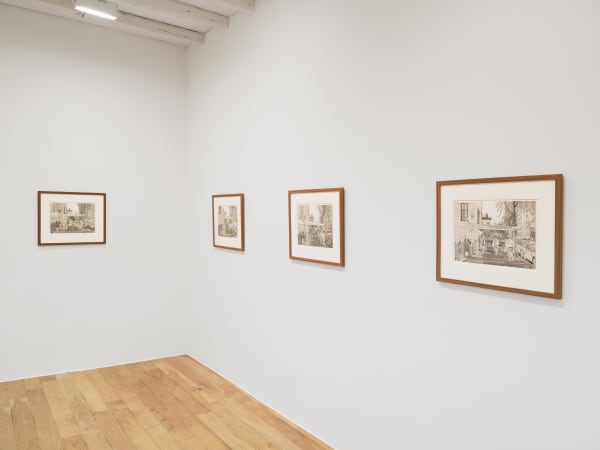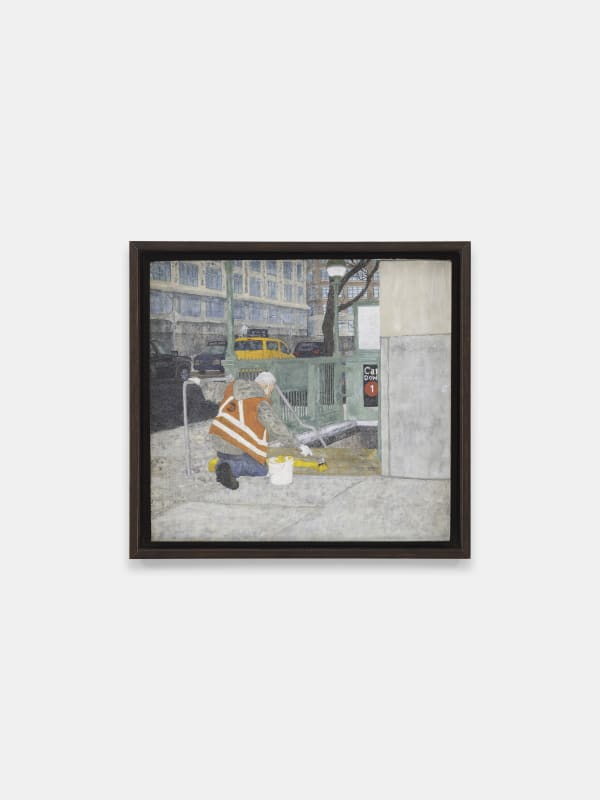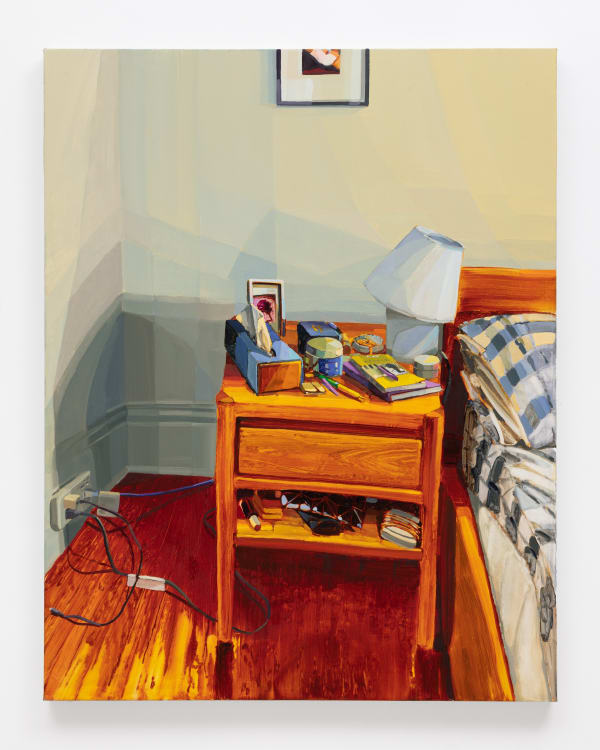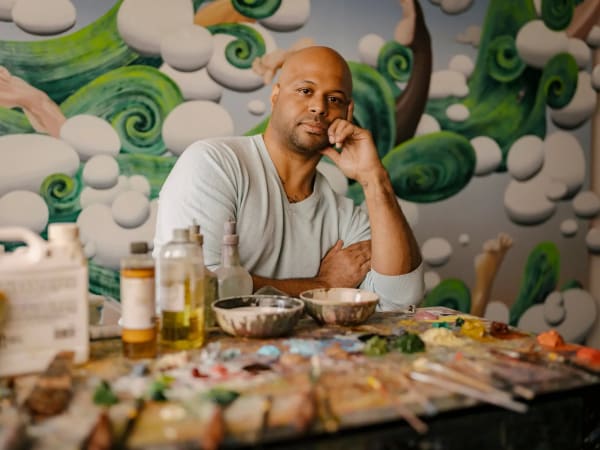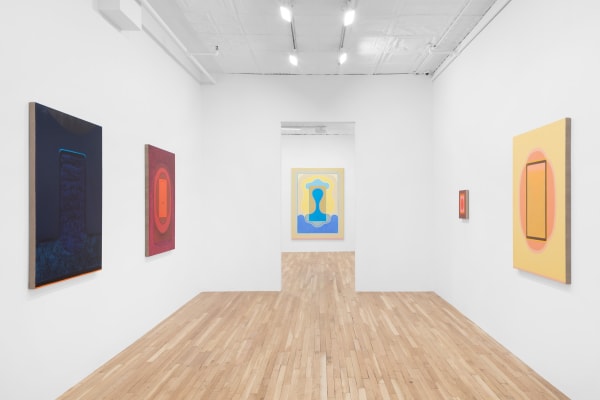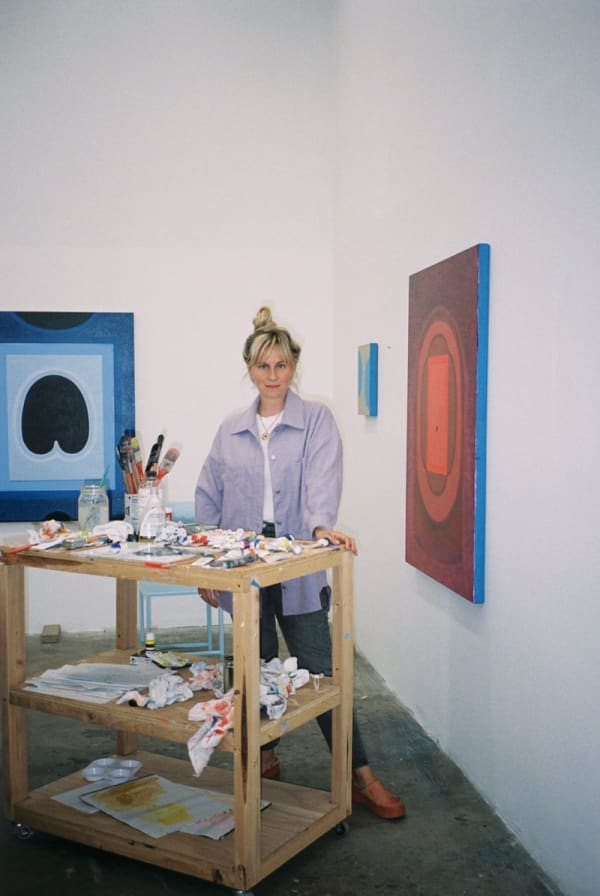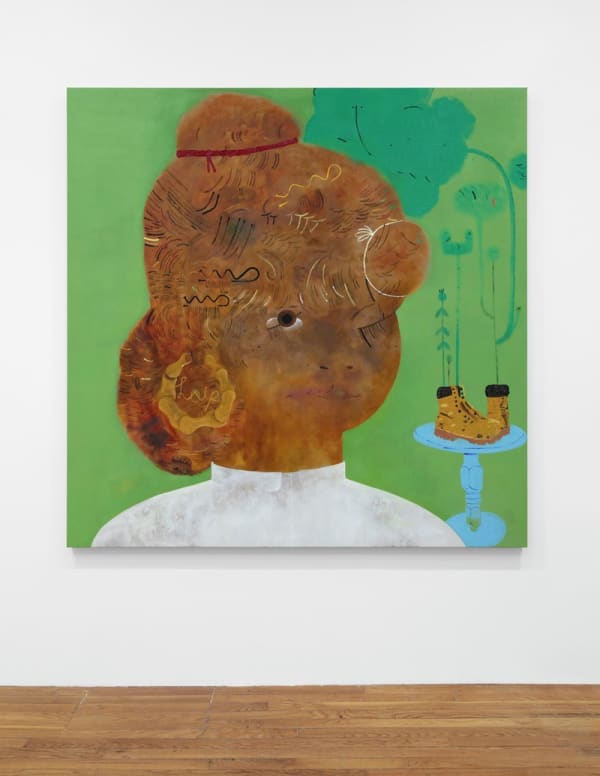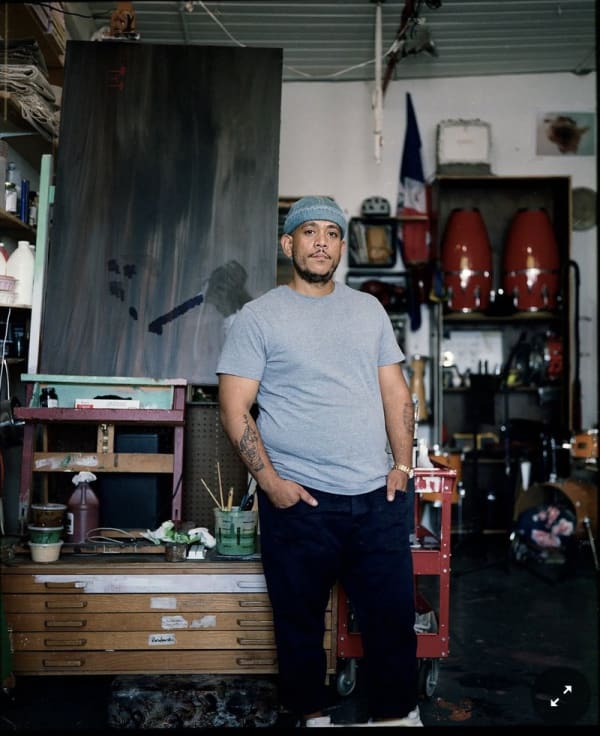-
Upcoming
-
In The News
-

What to See in N.Y.C. Galleries in March
28 March 2024The poetic stillness with which C'naan Hamburger renders her streetscapes might seem foreign to any New Yorker who has had the displeasure of experiencing scaffolding going up. Yet that's the... -

C’naan Hamburger
Vanitas 4 April 2024The world appears blurry in the galleries in lower Manhattan: landscapes are hazy, figures faded, and interiors vague. Painted thinly in muted sepia, ochre, and rosy palettes, the paintings seem... -

Keiran Brennan Hinton
1 October 2023The subjects of Keiran Brennan Hinton’s paintings are straightforward. He depicts the world around him, portraying nothing more than what he is able to observe. His domestic scenes are relatively... -

Why Do Artists Love the Dealer Charles Moffett So Much? For Starters, ‘He Keeps His Word.’ (Also, He Offers Healthcare)
9 May 2023When Charles Moffett left his position as a contemporary art specialist at a major auction house to launch his own exhibition space, in 2018, he didn't have a plan. Beyond... -

An Uptown Cat Became a Chinese Artist. Then He Returned Home.
14 April 2023People weren't quite sure what to make of Miguel Ángel Payano Jr. when, like some kind of prodigal son, he came back to New York in 2016, after making a... -

Lily Stockman
11 November 2022Curvilinear symmetries and an Easter-egg palette (albeit one with a twist) lend this Los Angeles painter's new canvases a delphic allure. Stockman's compositions are both diagrammatic and vaporous, a combination... -

Lily Stockman’s Color Field Shines Bright
11 October 2022Growing up in rural New Jersey, Lily Stockman—whose juiced-orange and azurite-blue compositions make her a daring master in the world of contemporary abstraction—spent thousands of hours drawing on ice as... -

Artist Kenny Rivero's Newest Solo Exhibition
15 September 2022The Dominican-American artist Kenny Rivero is showing his newest work at a solo exhibition at Charles Moffett in Tribeca. Born in Washington Heights and now based in the Bronx, Rivero... -

Kenny Rivero’s Tricks of the Eye
7 September 2022On a sweltering afternoon in the thick of August, the artist Kenny Rivero, 41, opens the door to his Bronx studio. A drum set and some guitars are kept in... -

A Painter Whose Subjects Are His Siblings: Looking at Keith Jackson’s latest work
28 August 2022Next month, the artist will be included in New York’s Armory Show. I talked to him about two of the featured paintings for T Magazine’s On View series. “As I...
-
-
Get In Touch
Home | Charles Moffett Get In Touch


